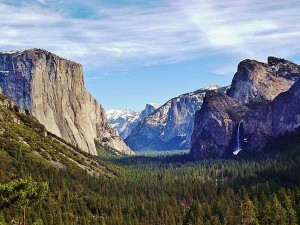By Stephen Legg
Within the general context of ideas about climate change and variability, the focus of the research described in the interview on episodes 71 and 72 of Exploring Environmental History, was confined to the contested debate about the climatic influence of forests during the period before the late 1950s (a preliminary assessment is shown in Legg 2014). That end date was chosen primarily because of the discontinuity thereafter in easily accessible digitised mass newspaper sources as a forum for public opinion. Nevertheless, some significant progress in scientific research on the climatic influence of forests has been made in recent years, and is worth noting here. These new scientific theories developed particularly from the late-2000s offer a greater sense of closure to the narrative – or perhaps more precisely, they mark the beginning of a new phase in the debate. A few comments are also offered below linking the study’s findings to the current issue of scientific consensus on the threat of the Enhanced Greenhouse Effect (‘Global Warming’) as well as a brief consideration of other public debates about perceived threats to climate in the period from the end of the Second World War. Continue reading

Recent Comments